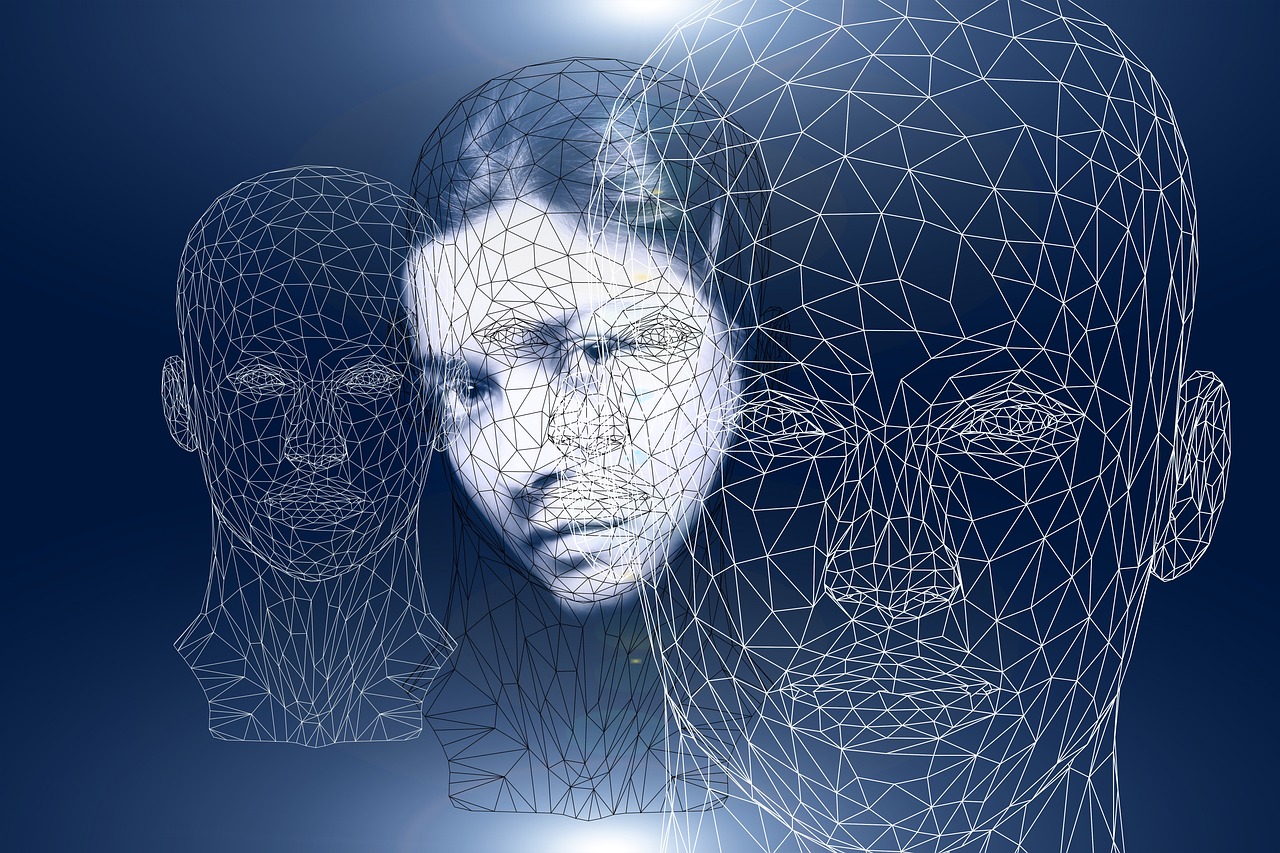The use of digital technology has changed the perception of self in the society, and this has been made possible through social media, online interactions and digital profiles. The virtual world has become another platform where people design, decorate and at times create new versions of themselves. The real world is a more immediate process than the digital world, where one can pick what to present to the public and therefore how people perceive themselves and how others confirm their identity.

Technology has become an extension of human cognition, which is why it affects not only communication but also awareness of self. The shift from the analog self to the digital self is a movement that poses several questions on the topic of authenticity, agency, and the long-term psychological consequences of living in two different, yet related, realities.
The Fragmented Identity: The various Digital Selves and how to manage them
People today have several digital identities across social networks, which are different and tailored to particular audiences. This is completely different from how a person poses a professional manner on a professional networking site, social media, gaming, or even in private messaging apps. Although this seems quite logical, it affects the self-perception and objects the individual to various versions of himself or herself.
In the online world, platforms encourage people to engage in selective self-presentation, which means that one presents their positive achievements and curated experiences and idealized traits. This fragmented identity poses a challenge to the idea of the singular self and, instead, posits an adaptive self-concept that changes based on the context of digital engagement. However, over time, having different personas can lead to the blurring of the line between the authentic self and the performative identity – it becomes tough to tell who one is versus who they are presenting to the world online.
Algorithmic Impact on Self Perception
Social media platforms work on the basis of algorithms which determine what information we get and therefore how we perceive ourselves in relation to other people. These algorithms promote certain behaviors and preferences and display similar content to users, which forms feedback loops that affect personal identity.

The use of algorithmically delivered validation features such as like and share buttons affects self-esteem. The measures of online presence are translated into real world perceptions of self-esteem thus, people believe that digital engagement is synonymous with personal validation. This social confirmation mechanism can be dependent on the social affirmation, thereby shifting the focus from the intrinsic to the extrinsic self-worth.
Furthermore, algorithmic recommendations tailor content recommendation systems to show content that is relevant to the user’s interests and preferences, hence limiting their view on diverse opinions. In the long run, this down scaling of the information enters how people develop their perception of the world, focusing on certain aspects of the users’ identity, and not on the ones that the algorithm does not see fit to present.
Digital Spaces as Extensions of Personal Identity
Virtual environments, however, offer a way of self-expression that is not always feasible in the physical world. Online communities are platforms where people can try on different identities, anonymously or not, differently, with digital avatars or in other social contexts. To some, they are a haven, a way to be themselves in ways they can’t be in the real world. On the other hand, the possibility of creating the perfect identity can also make people detach from their real offline self.
When digital personas become more attractive than real-world experiences, the distinction between online and offline identity becomes contradictory and leads to a sense of dissonance. This gap is especially visible in the online disinhibition effect, when people behave differently in digital environments because they think that there are no consequences for their actions. The variation in behavior between online and offline interactions is important in understanding how much of a person’s identity stays the same across contexts.
The Psychological Effects of Permanent Digital Records
Unlike the real world conversations which are not stored, digital interactions are saved. Social media posts, comments, and shared content are a record of a time and mindset, which can be easily reinterpreted differently at a later time. This permanence affects self-perception by fixing identity into past actions, even when people are changing.
In the professional environment, the digital records are long-lasting and affect career opportunities as employers use social networks to evaluate candidates. This retrospective scrutiny can shape how individuals shape their digital self-presentation and limit their online communication or carefully select the content they post.
Furthermore, the existence of digital archive means that growth is always measured against the previous iterations of self. This one form of self-reflection through digital records brings a different insight into how people view their identity over time, and may result in fixation on past selves rather than growth in the present or future.
Reinforcement of Social Norms and Digital Identity Conformity
Technology does not just reflect identity, it helps to create it. Social platforms work by reinforcing norms, highlighting certain beauty standards as normal, and telling people how to behave within certain digital spaces.
The pressure to conform to digital trends affects self-perception, especially among the younger generations, who develop their identity while growing up in the online world. Digital identity thus becomes performative, reduced to the quest for external validation instead of being a reflection of the internal concept of self.
When people align their self-expression with the norms reinforced by the algorithms, they view personal identity as less of an intrinsic thing and more of an exogenous construct, defined by the rules of the digital world. This creates a tension between the desire to be authentic and the desire to fit in, resulting in a fragmented self, where identity is dictated by the need to be validated by others.
Strategies for Preserving a Stable Sense of Self in the Digital World
Digital identity is a fact of life in the modern world, but it does not have to mean becoming the sum of your online parts:
- Mindful Content Consumption – Recognizing how algorithms work and seeking out divergent viewpoints can avoid the tendency to reinforce biases in identity.
- Being Genuine Rather Than Chosen – Using social networks without too much editing of personal photos promotes a more real version of oneself.
- Digital Boundaries – The distinction between online and offline identities is defined more clearly, which reduces the dependence on digital identity.
- Intentional Digital Footprint Management – Reviewing online presence regularly and ensuring that the past digital output is consistent with the present self is a way of maintaining the identity.
These measures can be taken to ensure that people are able to interact with digital platforms while keeping their identity consistent, and digital life versus real life.
The digital self is a developing concept which is based on the role of technology in constructing an individual identity and sense of self. The capacity to select, classify and optimize digital avatars has changed the way people interact with the society and even with themselves. Although the platforms offer people a way to express themselves, they also pose a threat to reality, real self-esteem, and stable identity.
As technology is continuously developing, it is crucial to know how to manage one’s digital self from a cognitive and psychological perspective. Maintaining a balance between the digital self and the real self helps to prevent the former from being overly influenced by the algorithms and thus, the personal identity remains genuine. The manner in which people communicate with their digital selves will define not only their personal identities but also the social organizations of the future.


